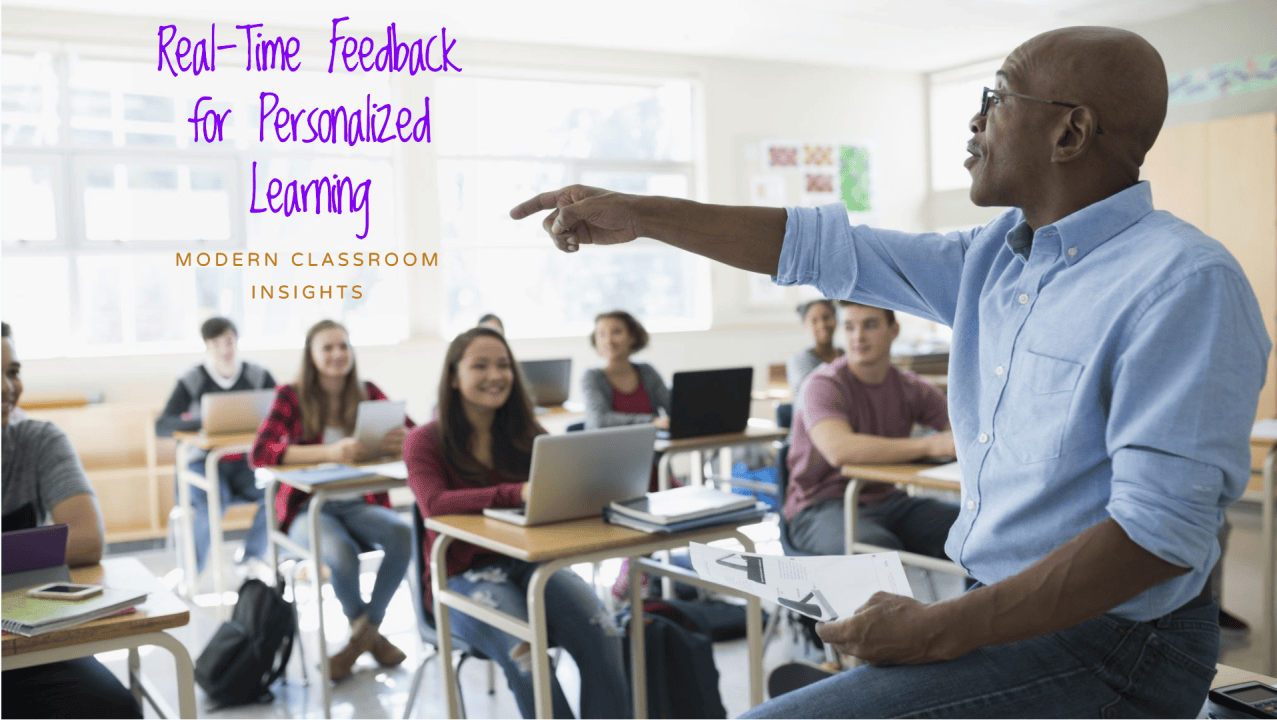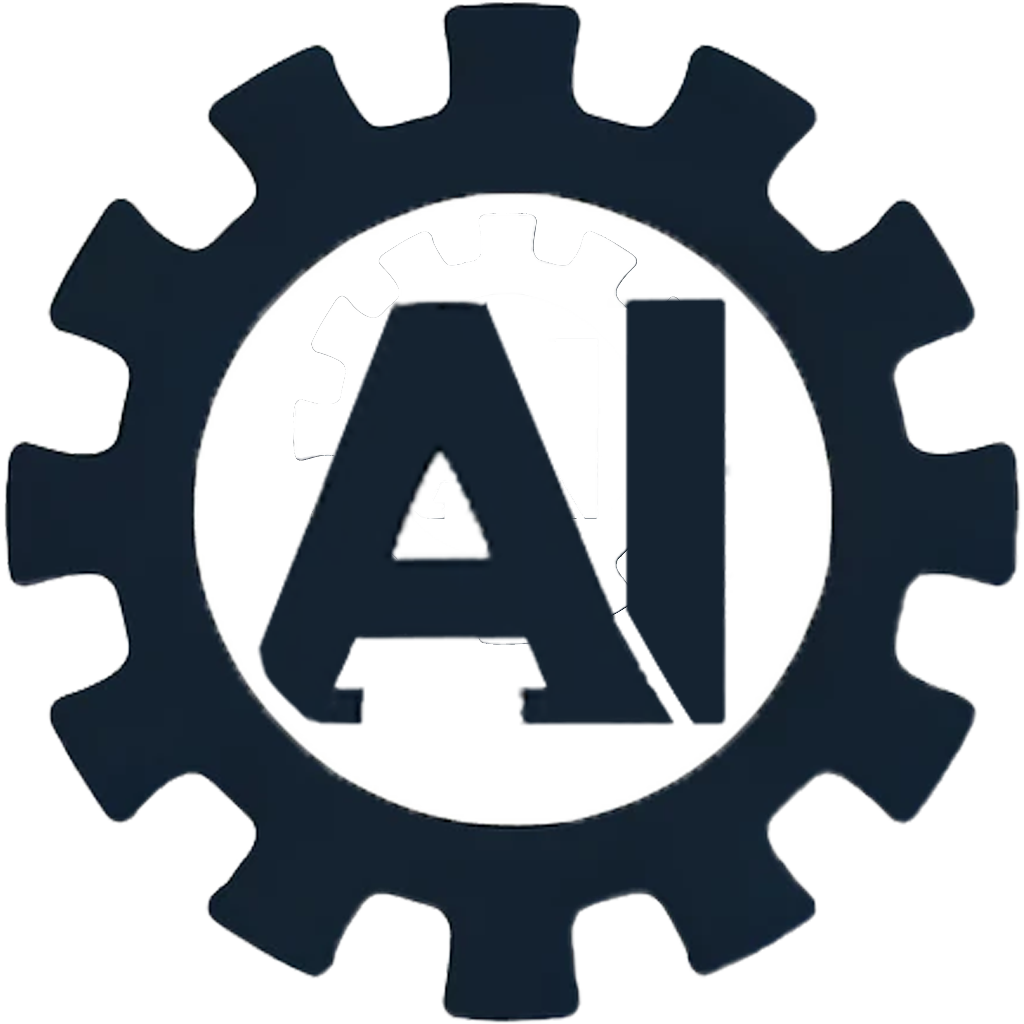
Imagine a classroom where each student's unique needs are met, and teachers are empowered with real-time insights to optimize instruction. This isn't a futuristic fantasy, it's the transformation we're seeing today through the thoughtful integration of AI in education.
The traditional classroom model, designed for standardization rather than personalization, is increasingly misaligned with the diverse learning needs of today's students. Through conversations with education professionals, I've learned how the lack of real-time feedback can significantly impact student success.
The Critical Gap in Student Feedback
The Critical Gap in Student Feedback
Teachers consistently report a significant challenge in gathering real-time feedback from their students. In one eighth-grade classroom we studied, the teacher struggled to gauge student comprehension as many students were hesitant to voice their confusion. Despite feeling overwhelmed by the course's pace, most students remained silent. When assessment results revealed the extent of their struggles, with a class average of D and even the highest score only reaching a B, the teacher had to interrupt the current curriculum to revisit earlier material, disrupting the planned flow of instruction.
In another classroom, only one student consistently asked questions, becoming the unofficial voice for her struggling classmates. While her questions helped many peers who were too shy to speak up, the teacher later discovered that collective frustration had grown to the point where students were privately expressing their intention to "give up" on the class. These scenarios highlight a crucial truth: even when some students actively participate, valuable feedback from the quieter majority often goes unnoticed.
The Future of Learning is Here
The Future of Learning is Here
Picture a classroom where technology bridges this critical feedback gap. Students access a sophisticated learning platform through their devices, featuring a text-based AI assistant trained specifically on their teacher's lesson plans. During designated work periods, when the teacher enables the AI system, students can request clarification through the AI about advanced vocabulary or complex concepts at their grade level, all without the anxiety of raising their hand in front of peers. Meanwhile, the teacher's dashboard displays the most common questions and areas of confusion in real-time, allowing them to address widespread issues immediately with the whole class.
This isn't just theoretical, it's an innovative platform that combines real-time feedback with personalized learning and multimodal engagement. The system actively engages students in their learning process, prompting them to explain concepts back in their own words, ensuring true comprehension rather than passive absorption.
Empowering Educators Through Technology
Empowering Educators Through Technology
This technological integration isn't about replacing teachers, it's about amplifying their impact. Teachers maintain complete control over the system, including when students can access the AI assistant, ensuring it enhances rather than disrupts the learning environment. Through their dashboard, they gain unprecedented insight into their students' understanding by seeing the most frequently asked questions and areas of confusion in real-time. Instead of discovering learning gaps weeks later through formal assessments, they can address misconceptions immediately during class.
Consider how different the outcome would have been for this class if their teacher had known about their confusion before the assessment. With real-time insights, she could have adjusted her teaching approach immediately, preventing both the poor test results and the need to interrupt the curriculum flow.


